In the movie Roman Holiday, Pike rides Hepburn through the streets of Rome, showing Hepburn with her hair freshly cut short and smiling as she stands on the steps of Piazza di Spagna, childlike, eating an ice cream.
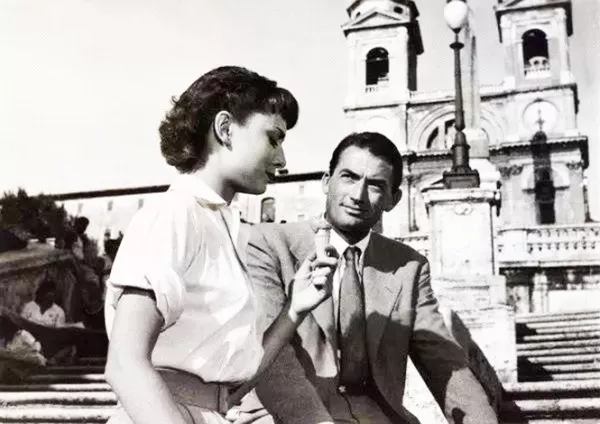
The old 1950s movie, with its plot and soundtrack still appealing today, except for the black and white colors, and Hepburn's occasional little playfulness and Pike's yuppie-ness, as well as their panicked embrace in front of the Mouth of Truth, have become timeless classics.
When we arrived at the Plaza de España, it was so crowded that the fountain was surrounded by people and only a few shadows could be seen from a distance. The steps behind the fountain go up 137 levels to the Trinity Church, and while the daylight was in full swing, people seemed to have booked an early sunset, gathering in twos and threes to sit on the steps, which soon filled up. Probably the image of Hepburn eating an ice cream here 60 years ago was so popular that it caused too many people to follow suit. Nowadays, the Spanish Steps no longer allow you to take ice cream, but that doesn't stop people from making the pilgrimage, even if the food in their hands changes from ice cream to a bottle of water or a cup of coffee.
Speaking of coffee, I have to mention Antico Caffe' Greco, the coffee shop across the Spanish Steps.
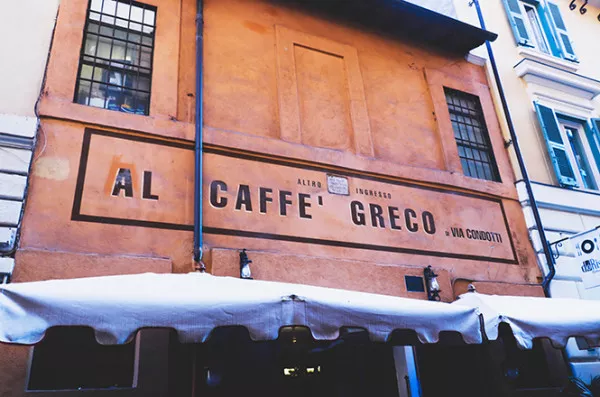
Before our trip, apart from hearing about the fountains and luxury shops in Piazza di Spagna, we probably wanted nothing more than to stop by this café for a cup of coffee. In Italian, Antico means Antique and Greco means Greek, which together translates to ancient Greek cafe. Located on the bustling Via Condotti, this second oldest café in Italy was built in 1760 and since the 19th century, many literary figures and artists from around the world have gathered here to order a cup of coffee and have a good laugh. The café is decorated in a retro style, with red velvet sofas and yellowish striped wallpaper, and several paintings, both landscapes and portraits, of famous people who have been regulars here, such as Stendhal, Goethe, Liszt, Keats, Mendelssohn, Ibsen, Andersen, to name a few.

We each ordered a cup of coffee and the waiter in a tuxedo walked through the hallway and served it to us as a gentleman. Interestingly, I thought Coffeewith Cream stood for mocha and Coffeewith Milk stood for latte, but when it was served, it was really a combination of a cup of strong coffee, a cup of cream or milk and a cup of white water in three different delicate cups, and the Ice ShakeCoffee, which was expected to be bitter, unexpectedly had a light and sweet The taste of Ice ShakeCoffee is unexpectedly sweet. Although the coffee is not quite what we expected, Caffe'Greco leaves us with a feeling that is not different from what we expected, where modern and classic are combined and history is engraved in every brick and wall.
It is no accident that this feels like it seems to represent the whole of Rome.
It was early autumn when we arrived in Rome. It was the rainy season and the weather was cloudy, so we travelled under umbrellas and walked from the Colosseum along the ancient Roman ruins to Piazza Venezia, and as it was past midday when we left the house, it was getting dark after a serious walk.
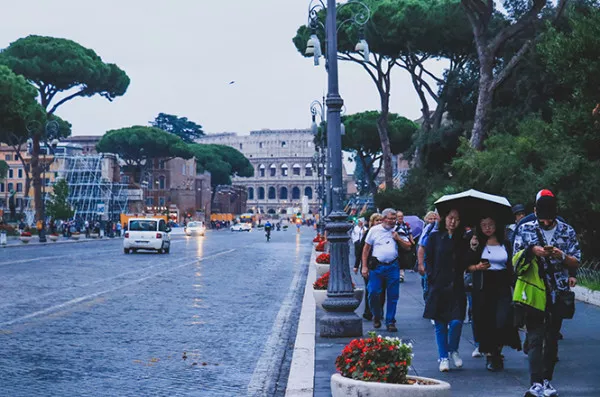
This ancient city, with a cultural history of more than 2,500 years, is known as the "Eternal City" because of its long history. The Colosseum stands in the middle of the city, and if you climb high up on Mount Palatini, you can see the Colosseum and the ancient Roman square in their entirety. We spent a long time at the top of the hill, imagining what the ruined walls once looked like, and the 90,000 people who flocked to the Colosseum to watch the fights over a thousand years ago were still vivid in our minds.
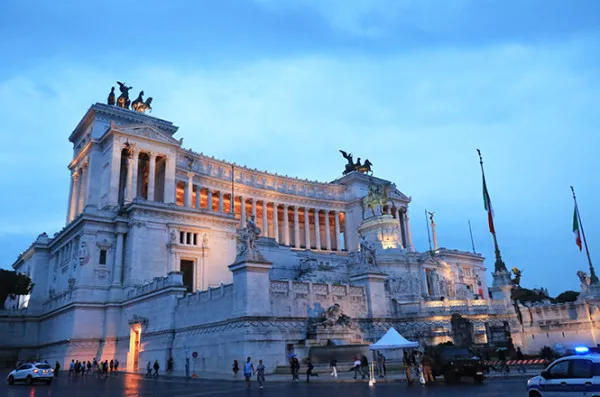
At night, on our walk from the bus stop back to our accommodation, we would walk through an entire ancient city wall, next to which is the Basilica of St. John of Latrun, the residence of the Pope before he moved to the Vatican, and we would walk past the church with the ingredients we bought from the supermarket.
We spent three days in Rome and were amazed at how well preserved the history and culture is, but also regretted the poor environment and security today. While we were often amazed by the centuries-old buildings and churches on the streets, it was also a real headache to encounter thieves almost 100% of the time on public transport. For three days we often wondered if there was a time when history and the present could coincide for a brief period of time to take our minds off all the unpleasantness of the trip, and then we found it.
It was still in the Plaza de España. After all the noise of the day had passed, the fountain pool was no longer crowded with people, and the people sitting on the steps had gradually quieted down. We climbed 137 steps to Trinity Church, and met a grand sunset in front of the church door, the shadows of the ancient buildings in the distance were only a silhouette in the sunset, and we could not help but feel moved against the light, thinking that people thousands of years ago probably saw the same view.
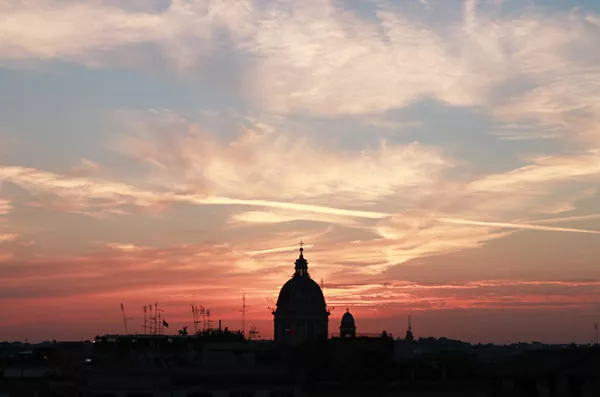
That's the weight of history and the power of nature.